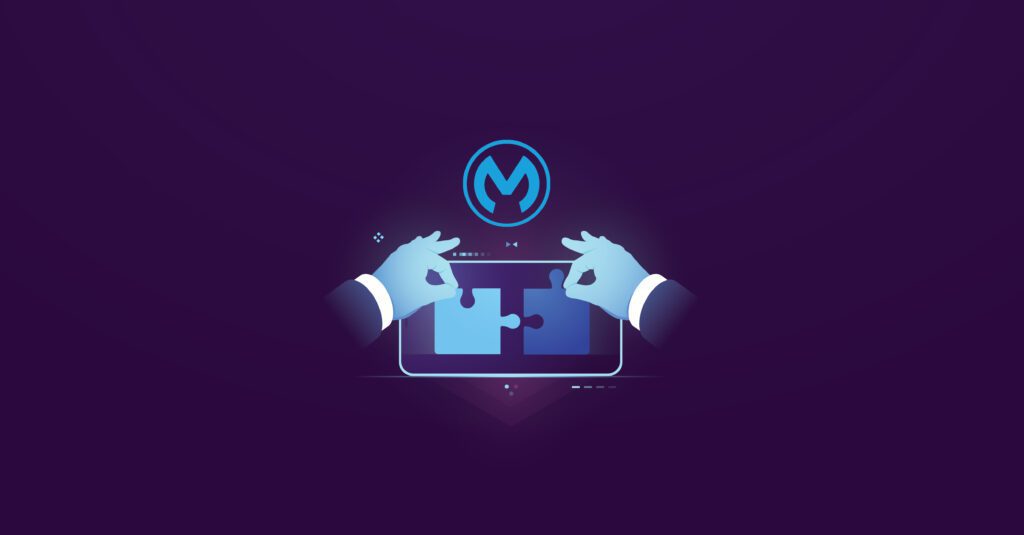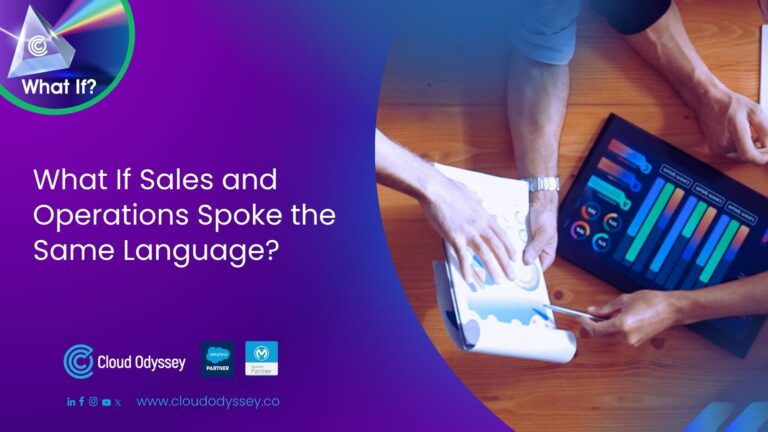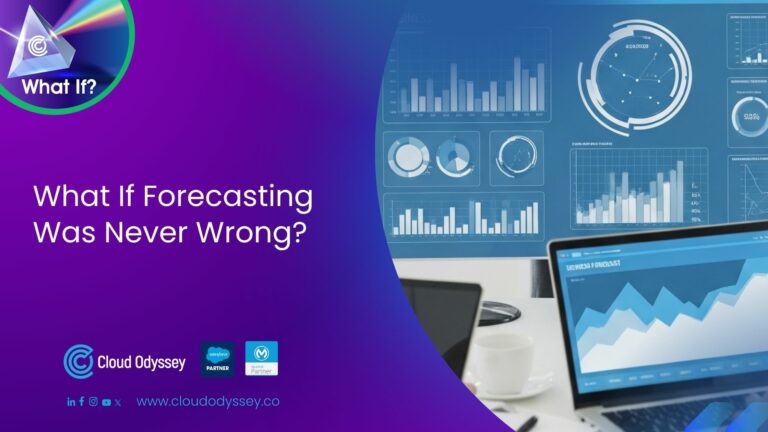Business data integration scenarios – use cases and examples
Data and application integration scenarios for businesses are many, and these can be broken down into fundamental and unique business cases. Cloud Odyssey is showcasing such business scenarios in this post. `These use cases are possible to combine to come up with more complex and involved use cases.
1. Aggregation of data
Data is often consolidated in businesses from different and multiple sources for contextualization purposes as well as for semantic completeness. Data from various apps is copied within the use cases into a central location for processing and analysis, for instance. Dashboards, data lakes, and data warehouses
Some of the common examples in this context are:
- A single view of the customer
- Migrating data from on-premise apps to a cloud-based data warehouse
- Consolidating ERP data and sensor data for advanced analytics on usage patterns
- Executive sales dashboard preparation
2. Streaming data ingestion
Modern devices and objects are nowadays seen by many organisations. These devices and objects are quite modern to generate data for reflecting past and current device status through instrumenting. Data obtained through instrumenting is quite important for an organisation’s operations, and it needs to be ingested into the platform for downstream usage and consumption. The data generated through these devices is generally seen either at a slow pace that is for every hour or minute or at a faster pace that is for every sub-millisecond.
Some of the common examples in this context are:
- IoT sensor data at edge locations is processed.
- Consolidation of inventory across stores in real-time
- Retailer websites’ user click data consolidation
- Machine vibration data collection and analysis for predicting failure
3. Data sync between multiple applications
Every piece of data is a well-defined system of record, and its life cycle is managed. This data is often a great necessity within other systems for completing the organization’s transactions within those apps. Data changes are quite rapid in the system of record, yet they are required in near real-time within the consuming apps. Here, it is important to know that these consuming apps may update or enrich certain information. Here, consuming systems are not supposed to act as systems of records.
Some of the common examples in this context of business scenarios are:
- When a new customer account is created, sync that account details to ERP, CRM, and financial apps. Customer account updates can be updated in the CRM apps, and those updates are promptly sent back to the system of record.
- customer data synchronised with the customer support apps
4. Sharing data with external partners
It is very common for businesses to work with or deal with many external partners, such as contractors, suppliers, government agencies, etc. It is imperative to know here that these business partners work on their own systems, processes, and apps. Here, it is quite critical for data exchange between your organisation and partner organisations during business transactions.
Some of the common examples in this context of business scenarios are:
- Purchase orders are shared with your suppliers.
- Invoices for payment purposes are shared with your suppliers.
- Tax data sent to the government
- The machine’s operating parameters are shared with the regulatory organisation
5. Broadcasting events
It is very common for events to take place all the time in an organisation. Machine failures or shutdowns, new hires, payment issues, expense approval, exceeding web traffic thresholds, and some more are definite examples in this context. These events had downstream impacts, which in turn resulted in further actions. It is critical to capture, identify, and notify such events to downstream consumers.
Some of the common examples in this context of business scenarios are:
- A consignment’s shipment status tracking
- Sending notifications to customers regarding order fulfilment status
- The inventory updates through real-time tracking.
- A retailer website crashed after a surge in user clicks.
6. Bulk or batch data movement
It is often in the interest of organisations to see or obtain data as quickly as possible. But data for presentation purposes often attracts a variety of delayed situations, which is quite acceptable. Also, if real-time information is not useful, then it too attracts some delays in providing data for the organisations. This kind of scenario often results in optimising and providing the best utilisation of the available resources, and in this kind of situation, online or constant resource processing is not required either.
Some of the common examples in this context of business scenarios are:
- Migration of customer accounts from your old CRM to Salesforce for one-time requirements
- Migration of invoices from your ERP to payment systems at periodic intervals
- Reconciliation and analysis of an organization’s financial transactions from multiple apps
- Summarization of your shipping and receiving transactions on a daily basis
7. Synchronised data transfers or process triggers
In scenarios such as synchronous data transfers, the recipient end of the information sends a request to initiate data transfer, and it waits until the sender transmits the requested information. If, in this situation, data is not received at the recipient end, then processing further at the receiver end will be suspended. These are the kinds of scenarios where there is a strong dependency between the data requested and the subsequent transaction at the recipient end.
Some of the common examples in this context of business scenarios are:
- Last year’s sales report received from the CRM system
- A customer’s invoice searching situation within the ERP system
- A prepaid balance check for your cell phone SIM card
- A patient’s prescription record is received before searching for medicine availability
8. Asynchronous (fire and forget) data transfer or process triggers
Asynchronous data transfer, also known as process triggers, is a scenario that expects no acknowledgement while sending data to the target location. It means the source will not receive any confirmation that the process is successful or not. Here, the source continues on to subsequent activities like sending data or a command for the process trigger. There will be no wait time for the source app consumers due to the data transfer activity processing.
Some of the common examples in this context of business scenarios are:
- Promotional emails or texts sent to prospective customers
- An expense approval workflow triggers
- Your insurance claim receipts are being processed.
9. Orchestration and data processing
If data is brought from multiple resources together and orchestrated, then semantic clarity will be built and ensured. Data orchestrated will ensure additional clarity and context. An abstraction layer is developed between target and source in this use case, where deeper business logic is successfully embedded. This is the reason orchestration use cases are often seen as heavily tied to specific underlying business domains.
Some of the common examples in this context of business scenarios are:
- A customer account activation includes background verification and a credit check. Emp validation.
- A newly hired employee processes IT asset delivery, salary account setup, work locations, etc.
10. User interface integration and mashups
Transfer of data among apps is often thought of as integration for machine-level consumption, according to the above-described use cases. Here, information presentation in a consolidated format for human consumption is a well-known use case. It means aggregated information is arranged in a central location for human consumption.
Some of the common examples in this context of business scenarios are:
- Portals, Intranets
- Public Websites
- Mobile apps
11. Delivering end-to-end business processes
All the above-mentioned integration use cases are not exclusive to each other. They complement each other while serving as primitive building blocks for delivering complex business solutions. It means your overall process or end-to-end solutions are easy to deliver by combining all the mentioned use cases.
For example,
- A purchase order is sent to the external supplier after obtaining approval from the management.
- Customer record details: searching over CRM and later orchestrating tailor-made marketing information for that particular customer
Enabling business use cases with any point platform
Meeting or concluding integration use cases is now easy with the availability of multiple technology classes. MuleSoft’s AnyPoint Platform is a trustworthy leader among the multiple technology classes available. APIs and integration solutions for full life-cycle management can be achieved through the use of these technologies.










